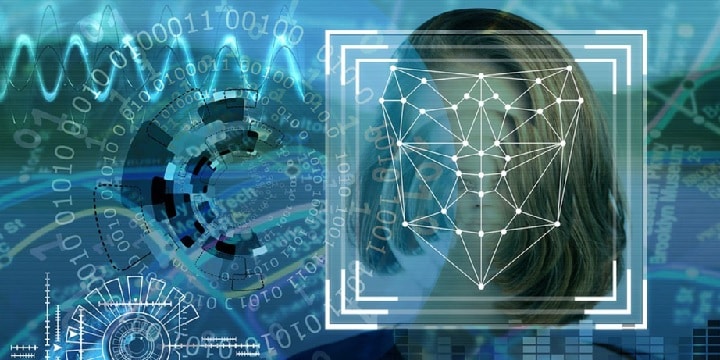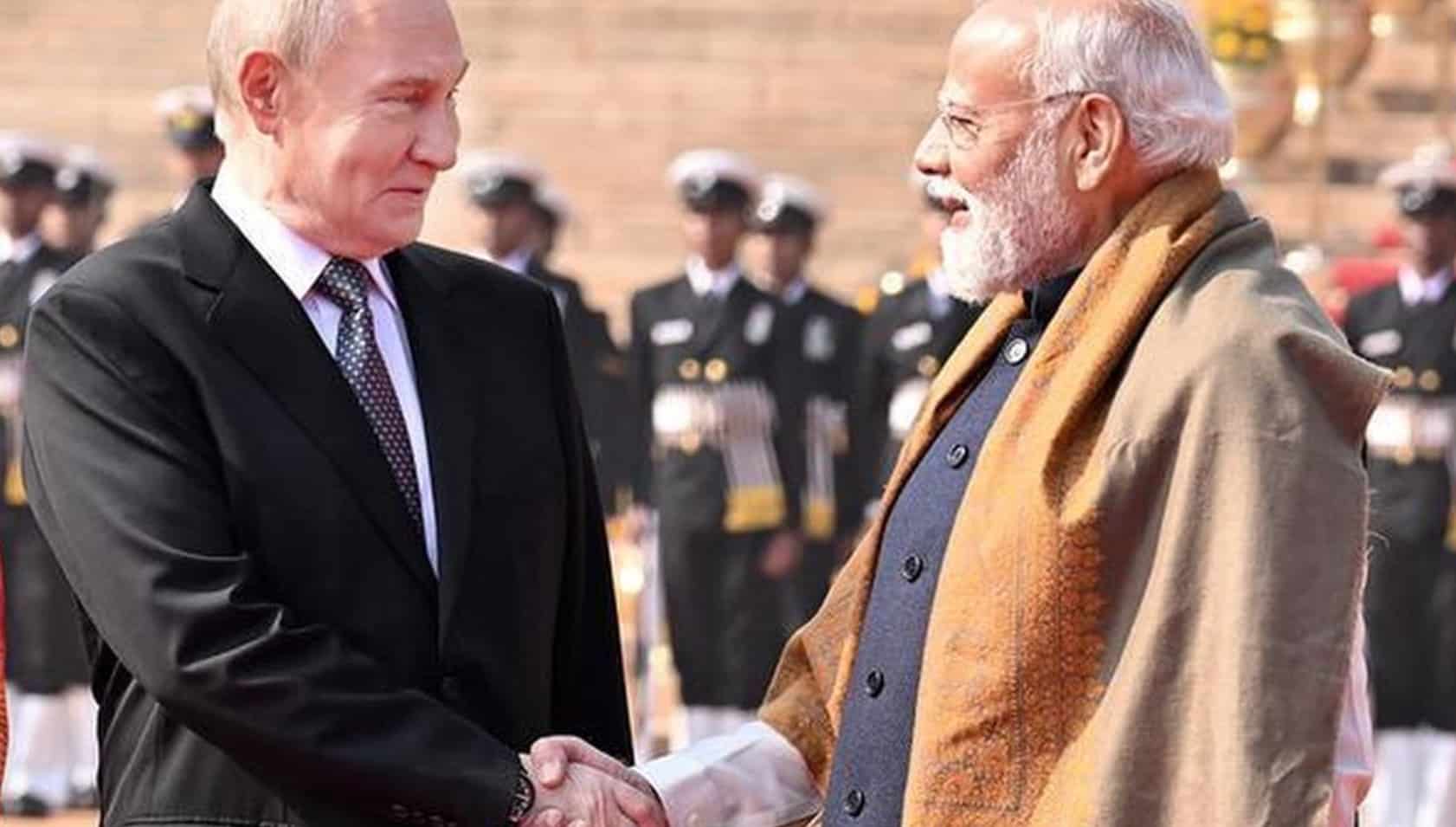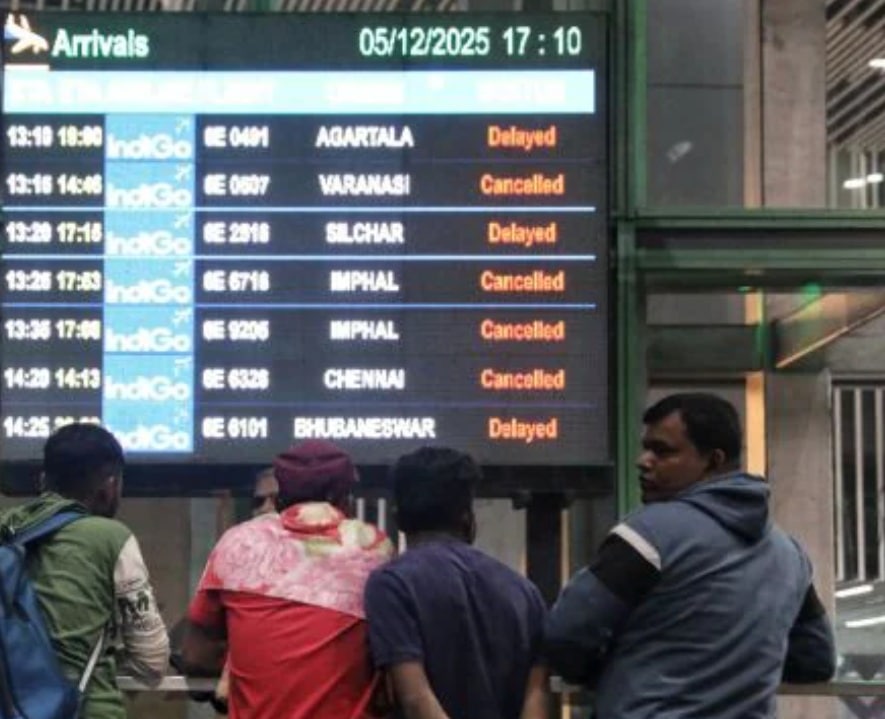What’s in today’s article?
- Why in news?
- What Is Artificial Intelligence and Facial Recognition powered Solution for Telecom SIM Subscriber Verification (ASTR)?
- The origins of ASTR
- How ASTR works?
- Success using ASTR
- What happens next?
Why in news?
- The Department of Telecommunications (DoT) has developed an artificial-intelligence-based facial recognition tool called Artificial Intelligence and Facial Recognition powered Solution for Telecom SIM Subscriber Verification (ASTR).
- As per DoT, ASTR can potentially bring down cyber frauds by detecting and blocking possible fraudulent mobile connections.
What Is Artificial Intelligence and Facial Recognition powered Solution for Telecom SIM Subscriber Verification (ASTR)?
- ASTR is an artificial intelligence and facial recognition-powered solution for telecom SIM subscriber verification.
- It has the capability of running checks on subscriber databases of telecom operators to deduce whether it contains multiple connections associated with the same person.
- It has been developed to bring down cyber frauds by detecting and blocking possible fraudulent mobile connections.
The origins of ASTR
- In 2012, DoT had issued an order to all telecom operators that they would have to share their subscriber database including users’ pictures with the department.
- These images constitute the core database on which authorities are running their facial recognition algorithm using ASTR.
- The ASTR project was conceptualised and designed between April 2021 and July 2021 by the DoT’s unit in Haryana.
How ASTR works?
- Encoding of the captured image
- Human faces in subscribers’ images are encoded using convolutional neural network (CNN) models.
- CNN is a type of deep learning model that is widely used for image and video recognition, computer vision tasks, and other tasks involving structured grid-like data.
- This is done to account for the tilt and angle of the face, opaqueness and dark colour of the images.
- Human faces in subscribers’ images are encoded using convolutional neural network (CNN) models.
- Face comparison
- After that, a face comparison is carried out for each face against all faces in the database, and similar faces are grouped under one directory.
- Two faces are concluded to be identical by ASTR if they match to the extent of at least 97.5 per cent.
- ASTR is capable of detecting all SIMs against a suspected face in less than 10 seconds from a database of 1 crore images.
- Matching of Subscriber names
- Once the faces are matched, ASTR’s algorithm uses what it describes as fuzzy logic to find similarity or approximate matches for the subscriber names.
- The DoT allows an individual to take nine legitimate mobile phone connections using a single identity proof.
- In essence, what the ASTR does is:
- it looks up if there are more than nine connections against a single individual’s photograph;
- it runs a search through the database to see if the same person has taken SIMs under different names.
Success using ASTR
- In first phase, analysis of more than 87 crore mobile connections was carried out.
- For such a large data processing, Param-Sidhhi Supercomputer was used.
- ASTR has helped the Department of Telecommunication to detect 40.87 lakh dubious mobile connections and block 36.61 lakh connections as of now.
- According to DoT’s data:
- West Bengal had the largest number of SIMs disconnected (12,34,111).
- It was followed by Haryana (5,24,287), Bihar-including Jharkhand (3,27,246), Madhya Pradesh (2,28,072), and Uttar Pradesh-East (2,04,658).
- The lowest number of cases of disconnecting SIM connections have been registered in Himachal Pradesh where the number is 3,491.
What happens next?
- Once the DoT has determined that a set of numbers have been obtained by people through fraudulent means, it shares a list of those connections with telecom operators to block.
- The same list is also shared with banks, payment wallets, and social media platforms for disengaging these numbers from their respective platforms.
- According to the Ministry of Communication, WhatsApp had coordinated with the Centre in disabling accounts created using such numbers.
Q1) What is Department of Telecommunication (DoT)?
The Department of Telecommunication (DoT) is a governmental department or ministry responsible for formulating policies, regulations, and guidelines related to telecommunications and information technology in a particular country. The exact structure and scope of the DoT may vary from country to country, but its primary objective is to ensure the development, growth, and effective management of the telecommunications sector.
Q2) What is convolutional neural network (CNN) models?
A Convolutional Neural Network (CNN) is a deep learning model specifically designed for processing structured grid-like data, such as images or time series data. It is widely used in computer vision tasks, including image classification, object detection, and image segmentation.
Source: ASTR: How govt’s AI and face recognition tool will detect phone frauds | PIB | News18
Last updated on November, 2025
→ Check out the latest UPSC Syllabus 2026 here.
→ Join Vajiram & Ravi’s Interview Guidance Programme for expert help to crack your final UPSC stage.
→ UPSC Mains Result 2025 is now out.
→ UPSC Notification 2026 is scheduled to be released on January 14, 2026.
→ UPSC Calendar 2026 is released on 15th May, 2025.
→ The UPSC Vacancy 2025 were released 1129, out of which 979 were for UPSC CSE and remaining 150 are for UPSC IFoS.
→ UPSC Prelims 2026 will be conducted on 24th May, 2026 & UPSC Mains 2026 will be conducted on 21st August 2026.
→ The UPSC Selection Process is of 3 stages-Prelims, Mains and Interview.
→ UPSC Result 2024 is released with latest UPSC Marksheet 2024. Check Now!
→ UPSC Prelims Result 2025 is out now for the CSE held on 25 May 2025.
→ UPSC Toppers List 2024 is released now. Shakti Dubey is UPSC AIR 1 2024 Topper.
→ UPSC Prelims Question Paper 2025 and Unofficial Prelims Answer Key 2025 are available now.
→ UPSC Mains Question Paper 2025 is out for Essay, GS 1, 2, 3 & GS 4.
→ UPSC Mains Indian Language Question Paper 2025 is now out.
→ UPSC Mains Optional Question Paper 2025 is now out.
→ Also check Best IAS Coaching in Delhi

















